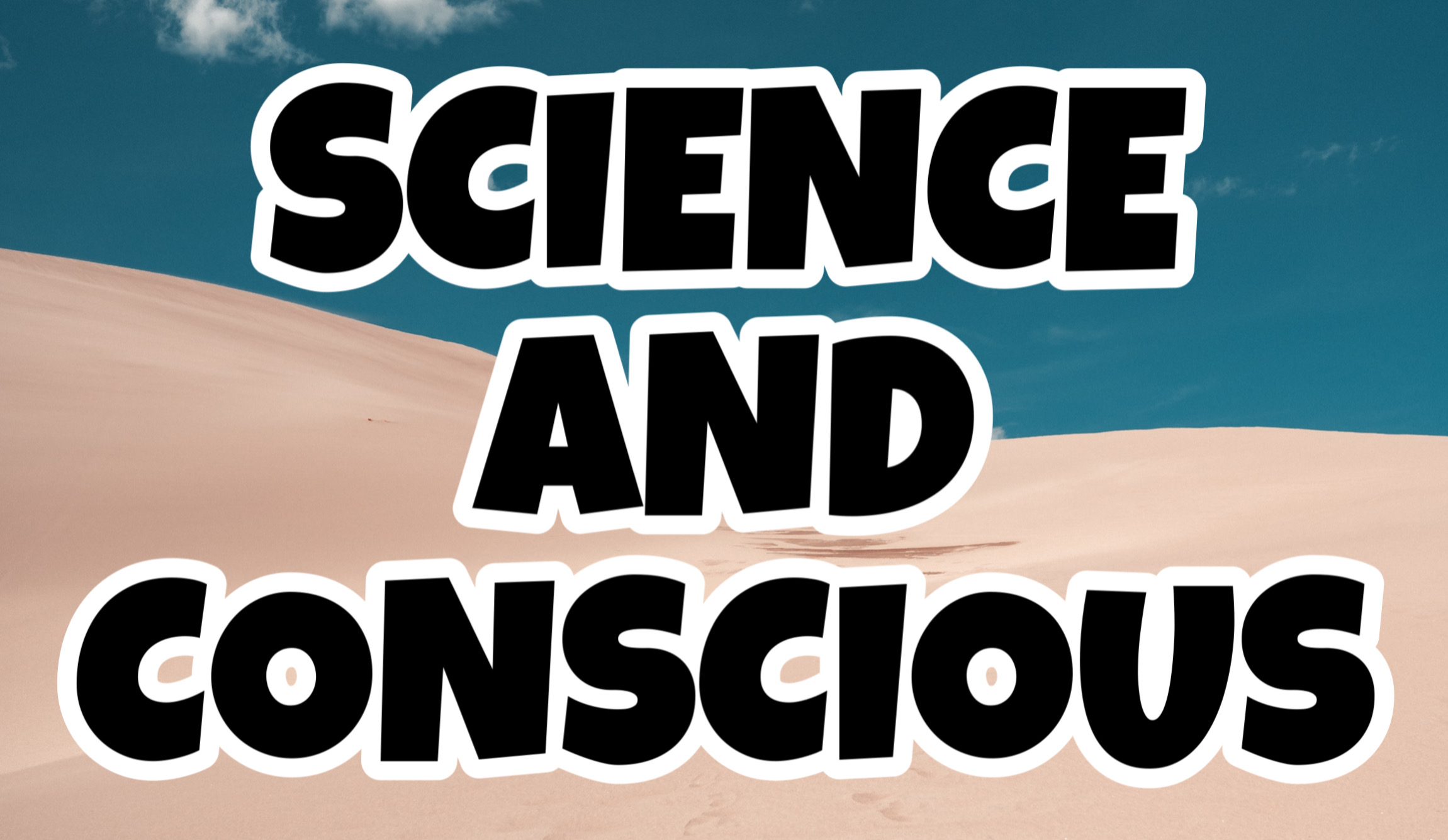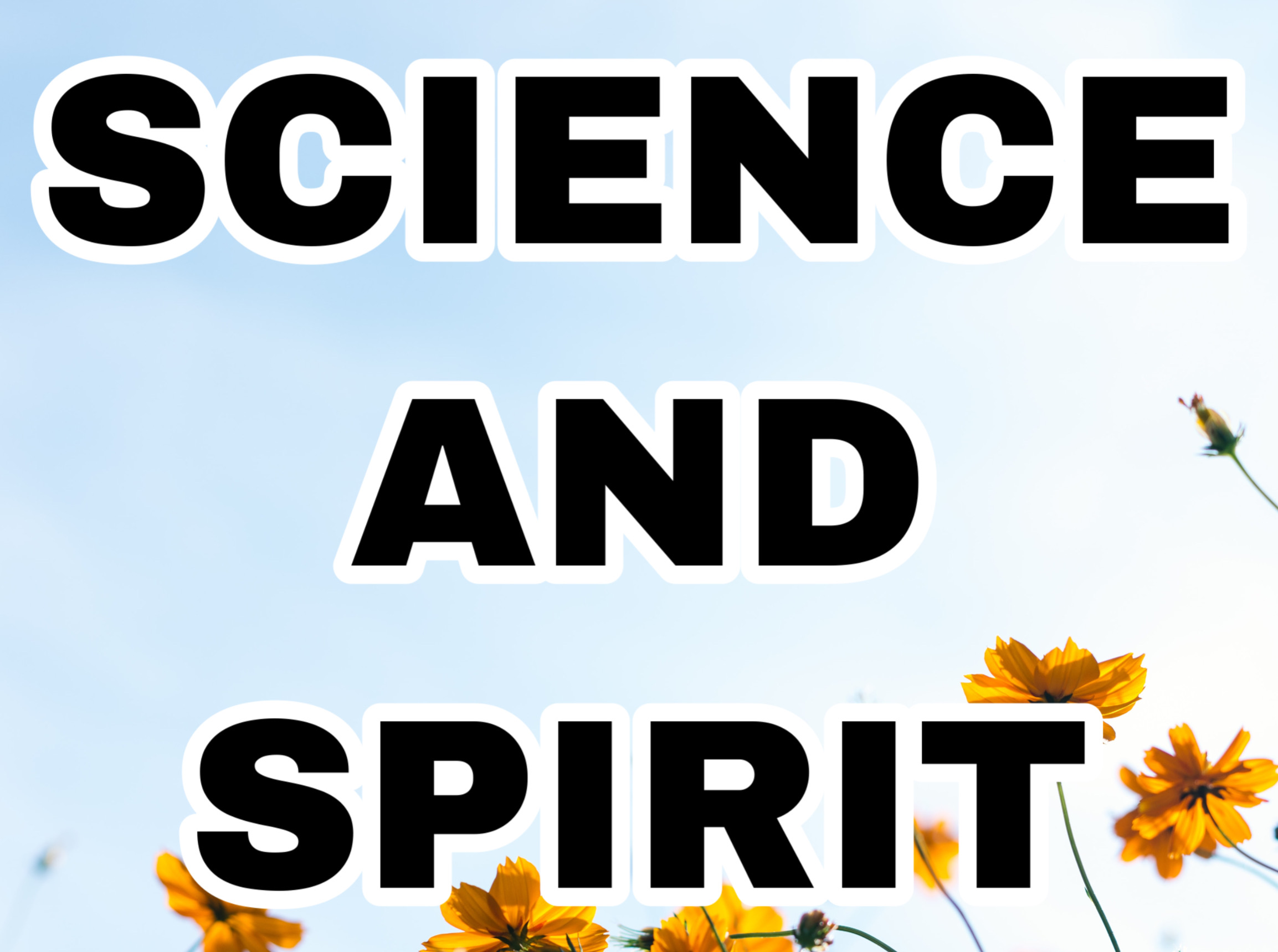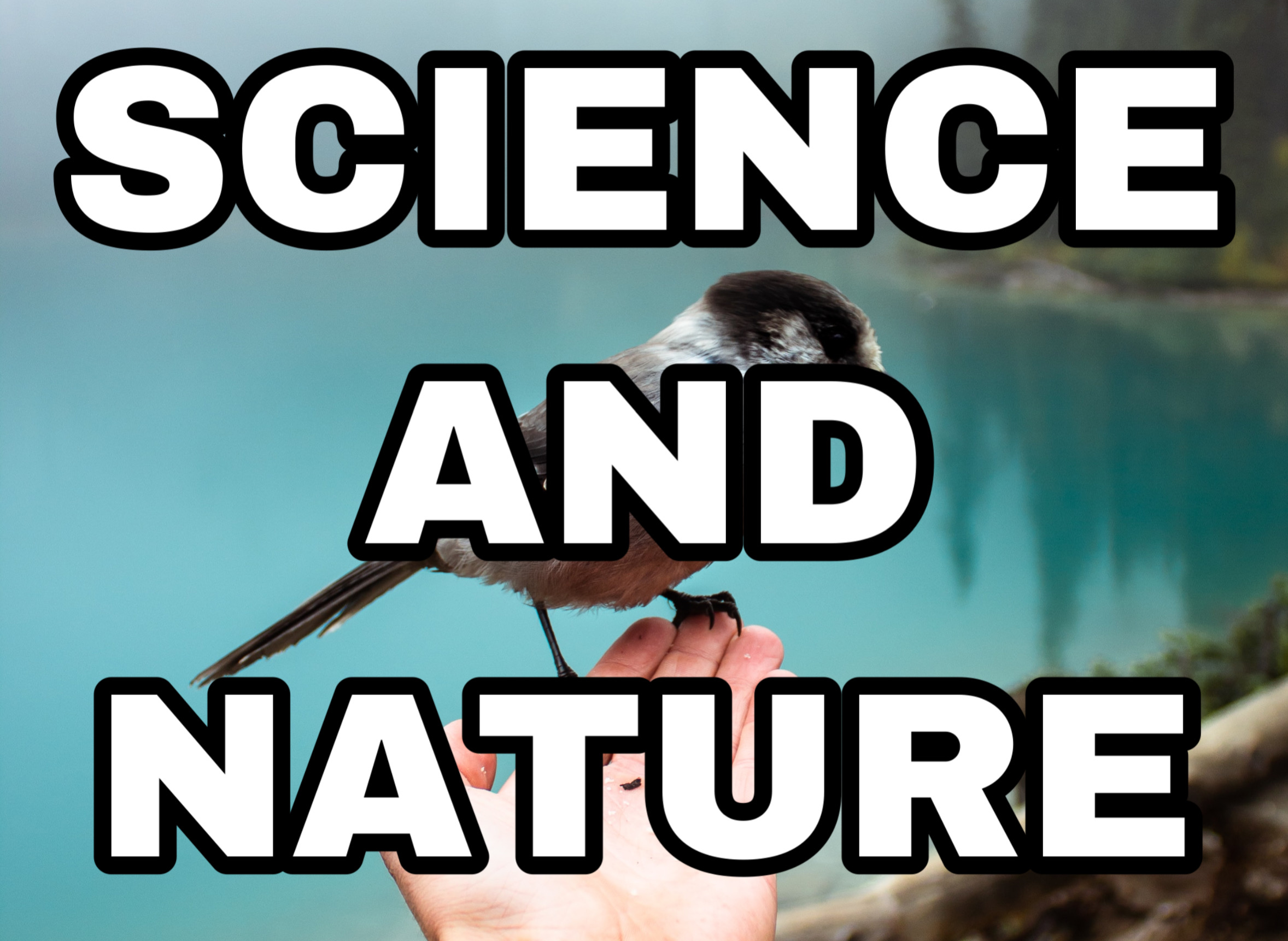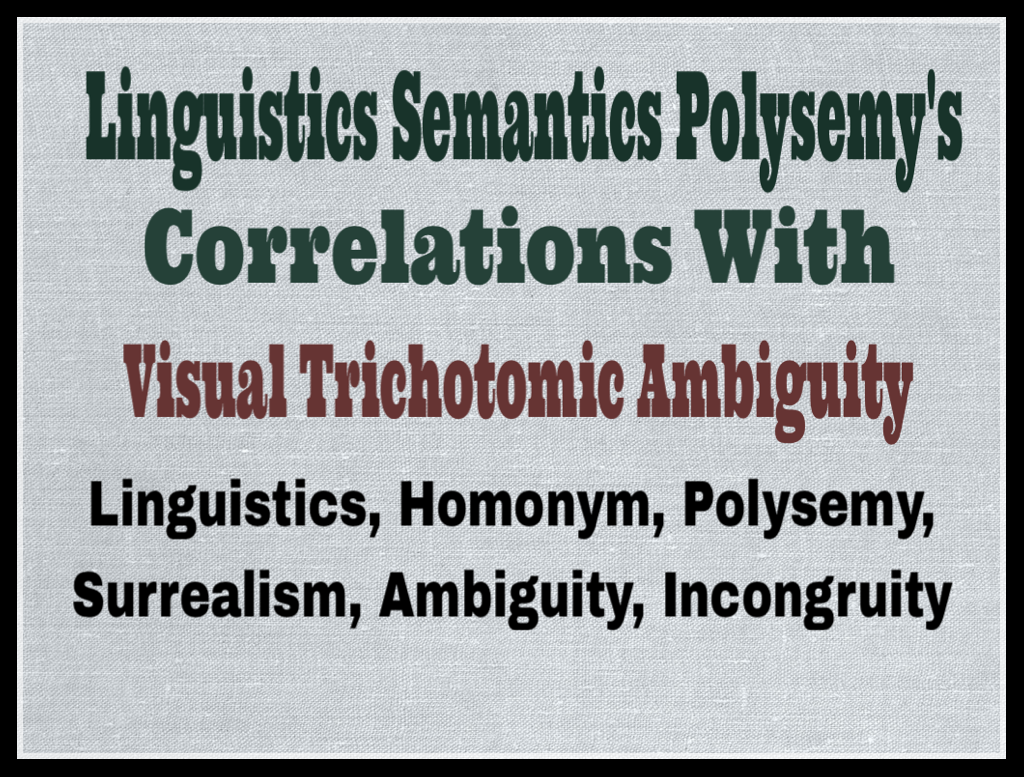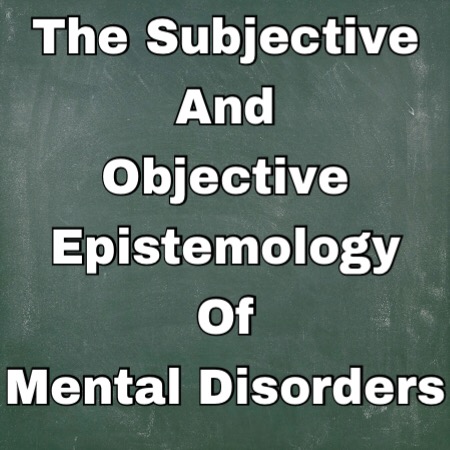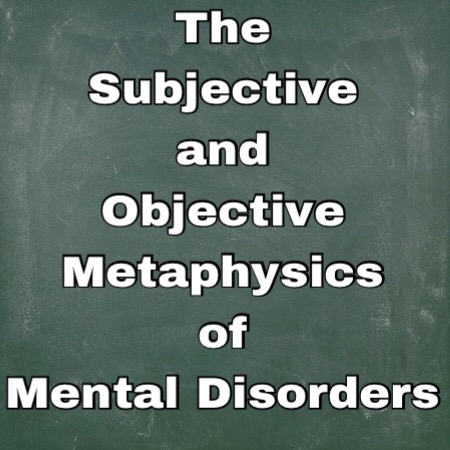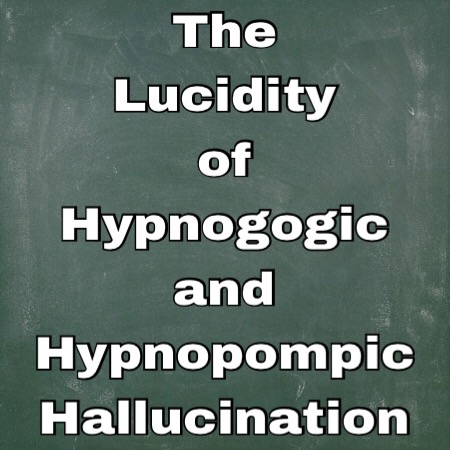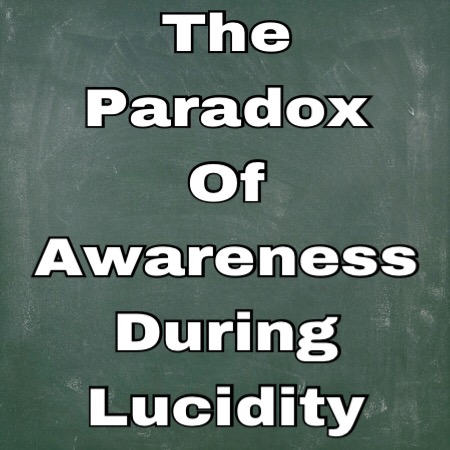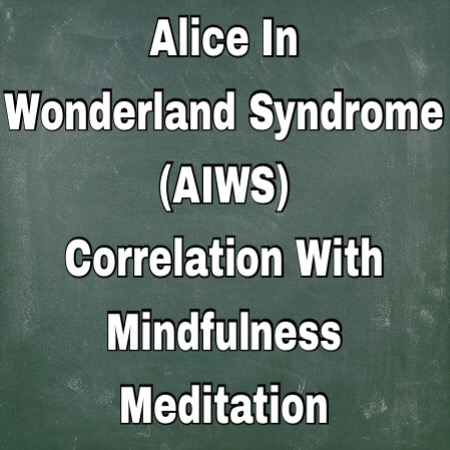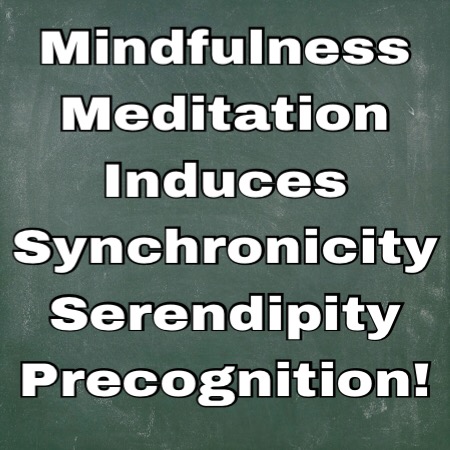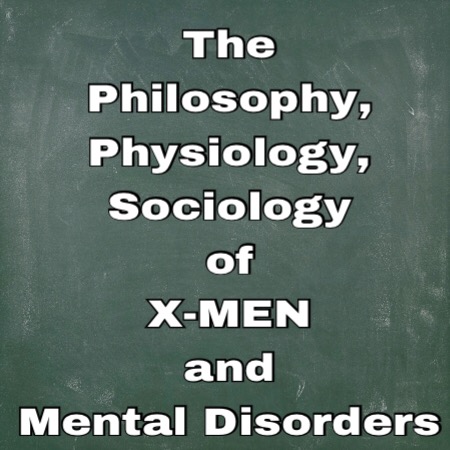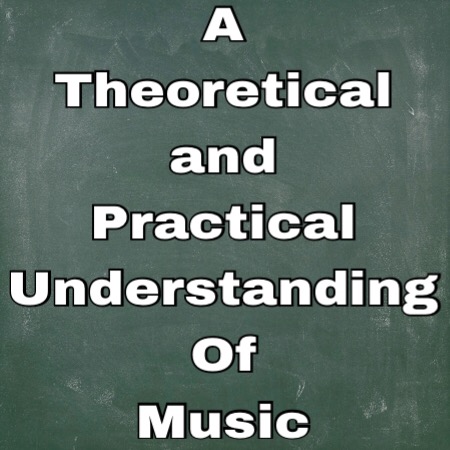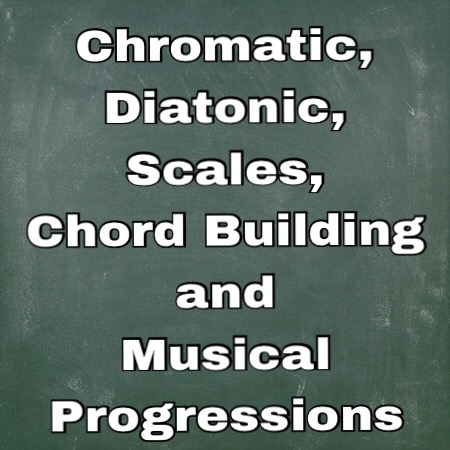Psychophysics Polyrhythm and The Demystification of Music
Psychophysics, Polyrhythm and The Demystification of Music
Please read the first part introduction to this paper.
Psychophysics, Polyrhythm, Arrangement and Composing

The pervasiveness of 1,5,6,4 progression in pop music has promulgated the music industry for decades, and as a musical arranger and composer I always sensed a common denominator in the multiple songs I became infatuated with, but I couldn’t discern what those infatuations were. I detected the similarities but couldn’t specifically pinpoint what the differences were. After studying music theory, chord constructions, time-signature, progressions, and how to demystify music by ear, the conundrum slowly unravelled and the commonalities began to pervade, and the basic principle behind most of these songs began to lose its ambiguity.
To understand what the 1,5,6,4 progression means, you have to understand the chromatic scales, where tones ascend or descend using semitones, and semitones are the smallest intervals used in western music. A non-musician would be oblivious to the underlying nature of these song structures, while having a collection of favorite songs that share the same progressive nature.
There’s a physiological appeal; and although these songs share a commonality, their distinctions derive from different undertones, harmony, keys and rhythms, but the structure in which the chords oscillate within a time-signature is equivalent to a pendulum with a specific settings. Figuring out songs by ear appears to be an enigma if you do not understand their theoretical principle.
Once you understand the structure in which the progression moves, you’ll figure out the song. The key, melody, harmony, undertone and rhythm is irrelevant, these are subdued colorings, sequences of notes, patterns and forms that adds a pleasing effect to the structure. When you hear a 1,4,5 progression you know it’s blues, finding the key becomes easy, and if you possess a fundamental understanding of music theory, chord construction, and how to build major, minor, diminished, major7, min7, c7, suspended and augmented and chords, you can figure out the basics.
In a C major chord you have the C,E,G, First, Third and Fifth note, you raise the Third to the Fourth and you have a Csus4, lower it a half-step and you have a C minor, but if you lower it a whole-step you’ll have Csus2. There’s always a miscommunication between the Csus2 and the Cadd9, they’re common in that they add the 9th chord, but the difference is the Csus2 third-note is lowered to “C,D,G,” while the third stays in the Cadd9 with the added 9th, “C,D,E,G.”
The dynamics of polyrhythm is truly an intriguing phenomenon, because it encapsulates the Baseline, Melody, Harmony and Percussion. This style is contingent on developing the musical ability to synchronize two or more conflicting rhythms that are generally mutually exclusive from each other, but share the same key-signature. It’s kinda like Salvador Dali’s juxtaposition of incongruity, where he merges the subconscious with the dream-state to create surrealistic harmony.
In this video “No Woman No Cry” I’ve extracted the Baseline, Melody, Harmony, there’s subtle undertones droning in the harmony while I’m incorporating a drum-like beat to enhance the reggae percussive aspect of the overall tune. This is the fundamental embodiment of polyrhythm, and if you listen closely you’ll hear four mutually exclusive sound. Developing this method requires finger dexterity and the ability to use Thumb, Index, Middle and Ring finger, it’s not compulsory because many proficient musicians use just the Thumb and Index.
This polyrhythm is trickier, because its percussive nature is peculiarly odd and counterproductive to finger-style enhancement, it places the plucking fingers at a disadvantage, while using the Index, Middle, Ring and Pinky finger on the pick-guard as an artificial drum. The pronounced drum-like sound in “Jammin” is the true characteristics of the song, and to exclude it would be an arrangement injustice.
Undeniably the most tedious arrangement, not because of its peculiar key signature and progression, but the atmosphere and emotional state this song induces can only be replicated with musical accuracy. In this video I’ve encapsulated every facet of this arrangement, you can even play the authentic song over the arrangement and parallel every intricacy of the original, from the introduction to baseline, melody to overall harmony.
I apologize for not venturing deeper into psychophysics, it’s a field dealing wih perceptual system and cognitive processes, observed stimuli and responses to sound. This is a narrow view to a considerably wide field of psychology. Also it explores physiology and neurology; primarily the firing of neurons between synapses when excitement emerges during the interpretation of music. This requires a separate paper.
The study of sound vibration goes beyond the parameters of music theory into the world of physics, and to truly encapsulate the rudiments of sound and its core physical processes I’d like to explore three key areas. Amplitude is the maximum extent of a vibration or oscillation, and frequencies are the rate at which the something occurs. Velocity is the measurement of speed at which something propagates. Here’s an interesting paper I wrote exploring the rudiments of sound emanation and how it effects different variables when it travels.
The Trichotomy Between Amplitude, Frequency and Velocity
Share your views and opinion, please leave a comment below Article Written By: Atelston Fitzgerald Holder 1st
Academic Writer – Journalist – Lecturer
The Harlem Times – Ask A Newyorker – News Blaze
Comedian: www.youtube.com/mrpregnant
Musical Composer: www.youtube.com/mrpregnantmusic
Feel free to contact me at: mrpregnant@aol.com
Copyright 2016
Latest posts by Atelston Fitzgerald Holder 1st (see all)
- A SCIENTIFIC ANALYSIS OF THE SACRED-GEOMETRIC NATURE OF SUPERHERO ANATOMY! - September 5, 2023
- A Mirrored Reflection Of The Tainted Human Expression - September 15, 2021
- The God Universe Non-Dualistic Dichotomy - September 12, 2021
- Consultation - April 30, 2019
- The Philosophy Of Obsessive Compulsive Disorder (OCD), Bipolar I Manic, Lysergic Acid, Psilocybin & Sensory Modalities - January 31, 2018











